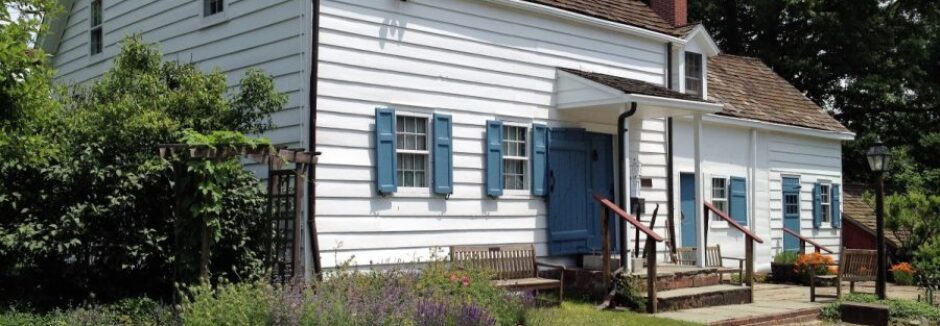Welcome
Welcome to the Miller-Cory House Museum! Our mission is to keep early American history alive through re-creating and interpreting the activities of daily life on a farm in the period 1740-1820. Our goals are to teach, provide understanding, stimulate curiosity and encourage lasting interest in the time period.
Search this site
-
Recent Posts
Archives of posts
- May 2020
- April 2020
- February 2020
- January 2020
- December 2019
- November 2019
- October 2019
- September 2019
- August 2019
- May 2019
- April 2019
- March 2019
- February 2019
- January 2019
- November 2018
- October 2018
- September 2018
- May 2018
- April 2018
- March 2018
- February 2018
- January 2018
- November 2017
- October 2017
- September 2017
- July 2017
- May 2017
- April 2017
- March 2017
- November 2016
- October 2016
Monthly Archives: May 2020
Getting to the “root” of the matter…
Everyone has a bad hair day, but a bad hair month? On one level, maintaining a good hair style these days may seem trivial when so many are facing much more devastating circumstances. However, personal grooming can be an important … Continue reading
Posted in Uncategorized
Comments Off on Getting to the “root” of the matter…
